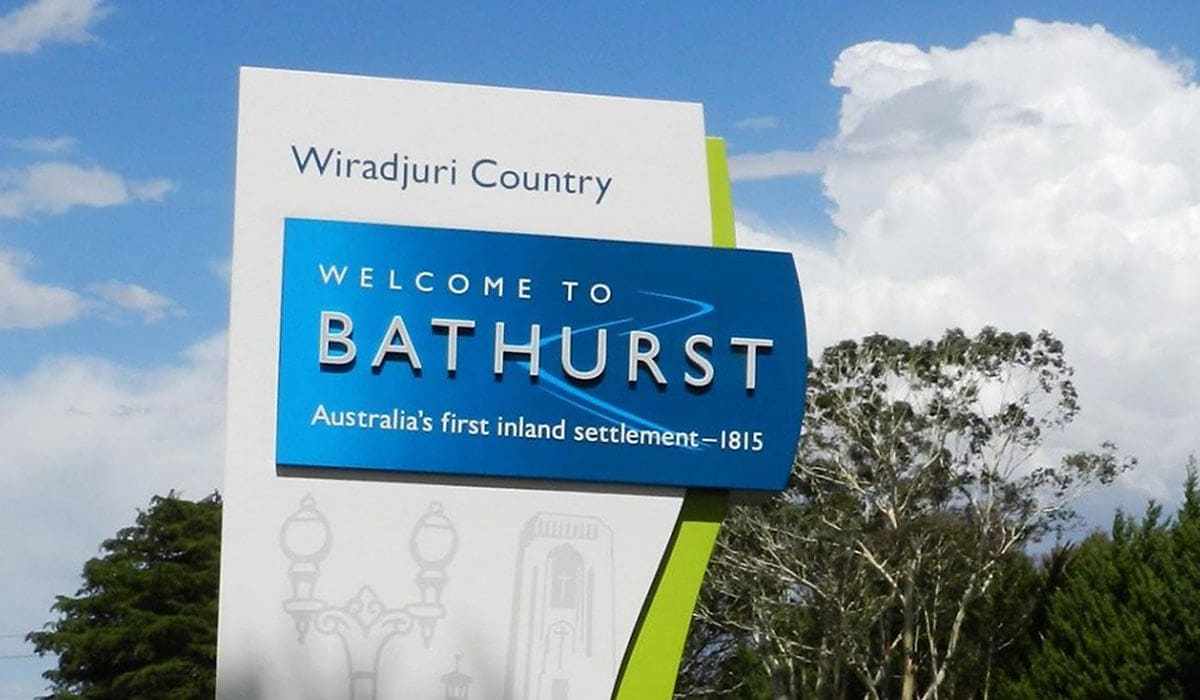NSW regional cities lead property growth in early 2025
NSW regional property markets are surging in early 2025, with Bathurst, Dubbo and Wagga Wagga emerging as key hotspots.

According to CoreLogic’s recent data, strong buyer demand, expectations of interest rate cuts, and infrastructure investments are driving growth in these regional centres.
Bathurst has experienced a significant increase in property transactions, with Raine & Horne Bathurst reporting three times the number of properties exchanged in January 2025 compared to the same month in 2024.
By early February, the Raine & Horne office had already matched its January sales figures.
Michelle Mackay, co-principal of Raine & Horne Bathurst, attributed the property transaction increase to anticipated interest rate reductions and a predominance of owner-occupiers over investors in the market.
“We’ve sold properties ranging from $482,000 to $2.1 million, catering to both investors and owner-occupiers,” she said.
Mackay also noted that investment properties are changing hands, often due to cost-of-living pressure.
Rental demand remains high, with vacancy rates below 1 per cent.
Due to affordability constraints in the capital, an influx of Sydney buyers, representing about half of Bathurst’s property purchases, continues.
“People are jumping in now before possible rate reductions, and we’re hopeful this trend will continue throughout the year,” Mackay said.
“There are many buyers from Bathurst, but we are also seeing around 50 per cent of buyers coming from Sydney, drawn by the capital city’s housing affordability challenges.”
Dubbo’s property market is off to a strong start in 2025, with sales, listings and appraisals up 20 per cent year-on-year, according to Ken Mongan, managing director of Raine & Horne Dubbo.
“This is a strong indicator that confidence in the market is high, and we’re seeing more people actively looking to make moves,” he said.
Mongan noted that January and February are usually quieter months, but momentum has continued in the property market since late 2024.
“This is a strong indicator that confidence in the market is high, and we’re seeing more people actively looking to make moves,” he said.
“People feel that if they can afford what they can now, they’ll get a bit of breathing room from the RBA in the next two to three years, which is encouraging many to make their move now.”
Mongan noted that first-time buyers are also re-entering the market, often with support from parents.
“We’re definitely seeing a lot of first-time buyers come back, with mums and dads playing a big role in assisting them,” Mongan said.
Mongan reported that investors, drawn by gross returns of 5.2–5.5 per cent, are also contributing to the city’s property demand.
He noted that 30 per cent of Dubbo’s buyers are coming from capital cities, further boosting the market.
Wagga Wagga’s property market is experiencing heightened activity, with Sydney and Melbourne buyers driving demand as well as local infrastructure investments.
Properties under $600,000 are particularly sought after, according to Grant Harris, co-principal of Raine & Horne Wagga Wagga.
“The sweet spot is properties under $600,000, and we’re seeing high levels of interest in homes such as 60 Balleroo Crescent in Glenfield Park, which listed in early February at $445,000,” Harris said.
“There’s a lot of government investment about to pour into the city,” Harris remarked, noting that infrastructure projects are further bolstering confidence in Wagga Wagga’s property market.
The $4.85 billion HumeLink project, designed to enhance power connectivity from the Snowy Mountains to Wagga Wagga, is expected to generate 1,600 construction jobs and contribute $6.3 billion in direct and indirect investment.
Alongside this project, a $1.2 billion upgrade to the Australian Army’s Blamey Barracks at Kapooka and RAAF Base Wagga at Forest Hill is set to increase workforce demand in the area.
Harris also highlighted the expected shortage of accommodation.
“There’s a prediction that we will be 2,000 beds short by the end of the year, and an interest rate cut would be the cherry on top for boosting local market confidence even further.”
